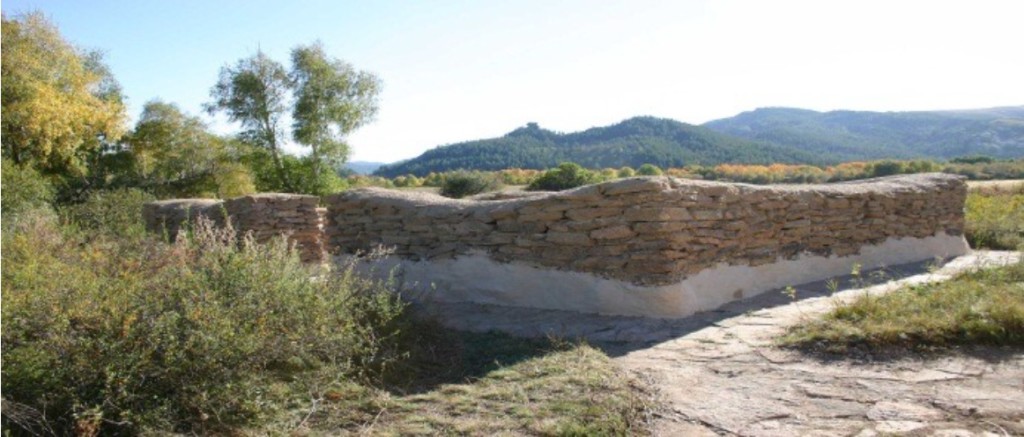ASTANA – Nazarbayev University’s National Laboratory Astana will create and make available online a map of Kazakhstan’s sacred places by 2021. The project is part of Kazakhstan’s Ruhani Zhangyru programme.
“The project will require three years. We gradually collect information about sacred places in Kazakhstan and convert it in electronic format, which will later be available online,” said Junior Researcher at National Laboratory Astana in Nazarbayev University Veronika Dashkova.
The annual Kieli Kazakhstan (Sacred Kazakhstan) expedition, organised by Kazakhstan National Geographic Society QazaqGeography and Nazarbayev University (NU) also recently contributed to the project.
“This year we explored an ancient wooden mosque in Akkol, Konyr Aulie cave, Ablai kit monastery, Akkol mazar, mosque built by Abai Kunanbayev’s father and Kyzylkent temple during the May 17-26 trip,” said QazaqGeography International and Research Projects Department Manager Nurzhan Algashov.
A series of Kieli Kazakhstan trips have been made to study spiritual heritage objects.
“These objects are a clear evidence demonstrating that Kazakhstan has been inhabited by people with various religious practices and world views. For example, the mosque in Akkol was constructed by Bashkir architects in Siberian and Tatar style, while manuscripts in the Oirat languages and images of Bodhisattva were found in the Dzhungar Ablai kit monastery dating back to the 17th century. Red temple of Kyzylkent was also built by people adhering to Buddhism,” he noted.
More than 40 manuscripts in the Oirat and Turkic languages, examined during the trip, were converted to digital format and geographic information systems (GIS) coordinates of sites were identified.



